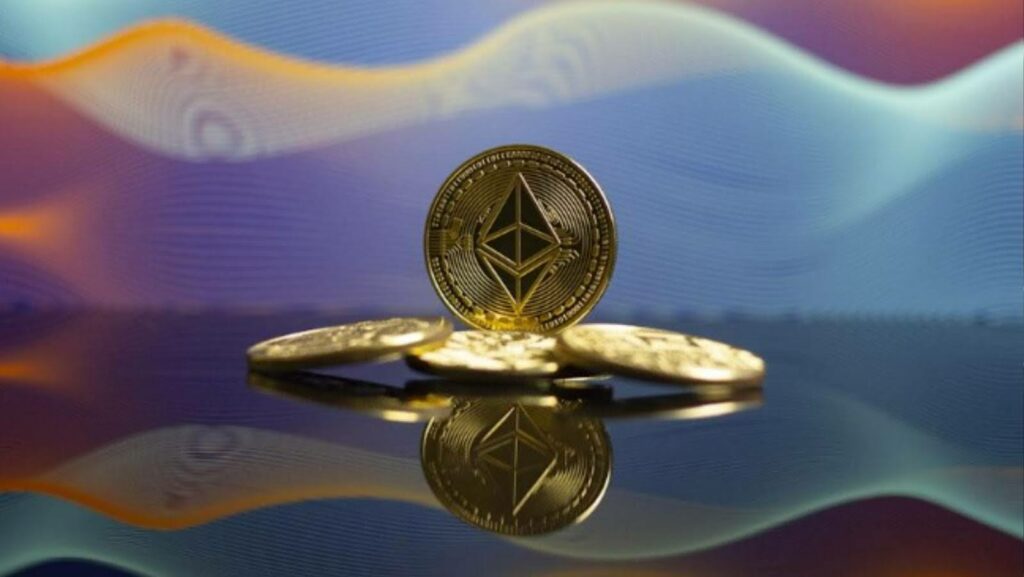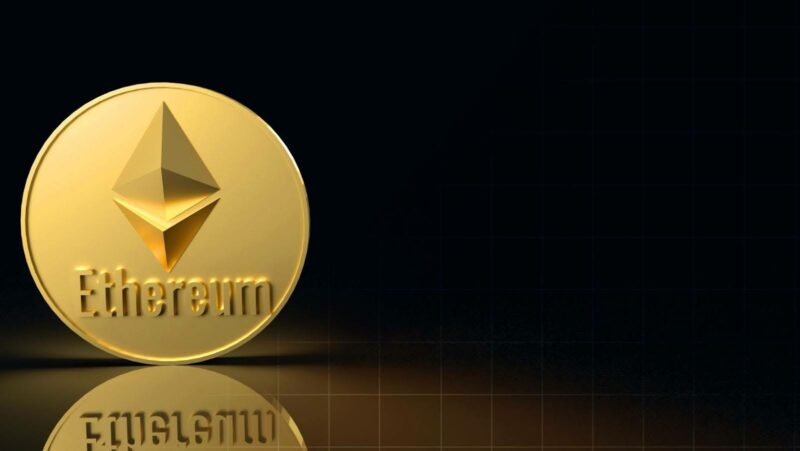
Ethereum and Bitcoin have been compared frequently, and while the former doesn’t have the volume and market capitalization of the latter, it has still managed to draw the attention and engagement of many investors. The innovations of this blockchain are the main reason for the interest, as Ethereum brought decentralized finance to the forefront of the digital asset environment. It is also the creator of non-fungible tokens, which were recently overshadowed by the emergence of Ordinals from the BTC platform. However, Binance data shows things appear to even out, and NFTs are on their way to reclaim their throne.
This time, though, they are set to have considerable competition. 2024 is expected to be an overall positive year for cryptocurrencies, with prices set to grow and bull runs imminent across the ecosystem. That means that the trading environment will be more competitive than it generally is.
NFTs
NFTs arrived on the market a decade ago, in 2014, with the minting of the first asset of its kind named Quantum. It was located on the Namecoin blockchain, but NFTs became popular later when the tech evolved to allow for their creation, programming and hosting in November 2017. NFTs are unique digital assets, the complete opposite of ETH and other altcoins, which are indistinguishable from one another. NFTs are used in the representation of collectibles and artwork, acting the same as all digital tokens.
They can also be used for real-life ownership of goods and holdings, and anyone can verify ownership on the Ethereum blockchain. They became well-known during the late 2010s for their steep prices, sometimes amounting to hundreds of thousands or even millions of dollars. The non-fungible tokens are created through the use of smart contracts. There are particular types of NFT standards, like ERC-721, that are specifically designed to host the tokens and determine their functionality.
ERC-1155 is another standard that allows the creation of a token within a single smart contract. Token standards determine the features and use cases that go into creating a non-fungible token. The ERC, Ethereum Request for Comments, contains numerous different proposals, including different specifications, APIs and other interfaces. The ERCs are a version of Ethereum improvement Proposals, commonly referred to as EIPs, that are directed solely to the application layer. The different standards go to all types of tokens, whether fungible or non-fungible.
Ordinals
Despite the fact that the first non-fungible token concept was minted on Bitcoin, the space lagged far behind Ethereum when it came to this functionality. Ordinals are the NFT equivalent of the Bitcoin blockchain. Their fundamental structure relies on Satoshi, Bitcoin’s smallest denomination, with a value of 1/100,000,000 of a BTC. In 2017, Bitcoin experienced a soft fork event that transformed its transactions. Witness data was eliminated from the main block, meaning that the sizes of the transactions were reduced. This also increased the block capacity.
Satoshis are uniquely inscribed and can facilitate digital art without smart contracts. As of January 2023, the protocol also enables the direct minting of NFTs on the BTC blockchain. The Ordinals are native to the BTC blockchain and rely on a logical system. They work without the need for further layers and don’t change the core protocol. However, they can nonetheless introduce new use cases. The 2021 Taproot update, which improved transaction privacy, managed to bring wider attention to the coin’s ability to ensure data inscription. For the Ordinals, every token is part of a numbering system that gives each Satoshi a different number. This doesn’t change the fungibility of the tokens themselves.
The number is assigned based on the order in which coins were minted. When a Satoshi is transferred, the theory requires a first-in-, first-out system. Ordinals are also immutable and completely decentralized, just like Bitcoin itself. Similar to their parent blockchain and coin, they are also believed to be more secure.
Yin and Yang
With both NFTs and Ordinals following what are essentially the same concepts, there are still differences between the two that may only be visible to those who are familiar with the technologies. Both are used to generate and represent digital artworks and a large number of assets both online and in real life. Both operate on the basis of a decentralized system.
The NFTs are tracked using smart contracts technology. Some of the art pieces included in NFTS are included in the InterPlanetary File System storage. They can also be hosted on other levels of the ETH blockchain. The system is different, being considerably more layered compared to that of Bitcoin. The IPFS is designed to offer a completely decentralized experience that can operate adequately across very different areas.
Compare that with Bitcoin, where the Ordinals are located on the blockchain and get the same treatment as the coins themselves. They get the same validation as the general transactions. Users cannot change the Ordinals in any way, as they are essentially pieces of immutable data. The same is not accurate for NFTs, which are more flexible and can be stored off-chain. This way, users can enhance the appearance of their non-fungible tokens if they choose to.
Since all data is stored on the Satoshis, Ordinals can also have steeper transactions. The Ordinals creators also do not receive the royalties that NFT creators get. It’s important to remember, however, that the idea of royalties for non-fungible token developers is the result of smart contracts rather than something inherent to the assets. Since the NFTs are older, they have also managed to polish their scalability and interoperability.
General Considerations
Whether an investor prefers NFTs or Ordinals is a matter of personal preference. There is neither that is inherently better than the other, and while some prefer the increased safety of the Bitcoin blockchain and assets, others are not averse to a bit of risk and find the flexibility of the blockchain and its projects to be far more gratifying. Artificial intelligence continues to be used in order to generate artwork, and trends continue to appear on the market all the time.
If you’re a trader, make sure to keep your transactions realistic, and don’t invest more capital than you can afford. It will save you a lot of trouble in the long run.





